Bonded Carrier Warehousing and Transportation: A Comprehensive Guide

Introduction
This comprehensive guide will explore the concepts of bonded carriers and bonded warehouses, their types, benefits, and the technology solutions that streamline their operations.
What is a Bonded Carrier?
A bonded carrier is a transportation company that has been approved by U.S. Customs and Border Protection (CBP) to transport goods that have not yet cleared customs. These carriers operate under a customs bond, which serves as a financial guarantee to the government that all customs duties, taxes, and fees owed on the shipments they transport will be paid.
Key Points:
- Approved by CBP to transport goods under bond
- Operates under a customs bond
- Responsible for the security and delivery of bonded goods
Types of Bonded Transportation
Bonded transportation can take various forms, depending on the mode of transport and the specific requirements of the shipment:
1. Bonded Trucking
- Definition: Ground transportation of bonded goods within or through the United States.
- Use Case: Moving goods from a port of entry to an inland bonded warehouse.
- Advantages: Flexibility in routing and scheduling.
2. Bonded Air Freight
- Definition: Air transportation of bonded goods.
- Use Case: Rapid movement of high-value or time-sensitive bonded shipments.
- Advantages: Speed and security for valuable cargo.
3. Bonded Ocean Freight
- Definition: Sea transportation of bonded goods.
- Use Case: Large-volume shipments of bonded goods between international ports.
- Advantages: Cost-effective for bulk shipments.
4. Bonded Rail Transportation
- Definition: Rail transportation of bonded goods.
- Use Case: Moving large quantities of bonded goods over long distances inland.
- Advantages: Efficient for heavy or bulk shipments over land.
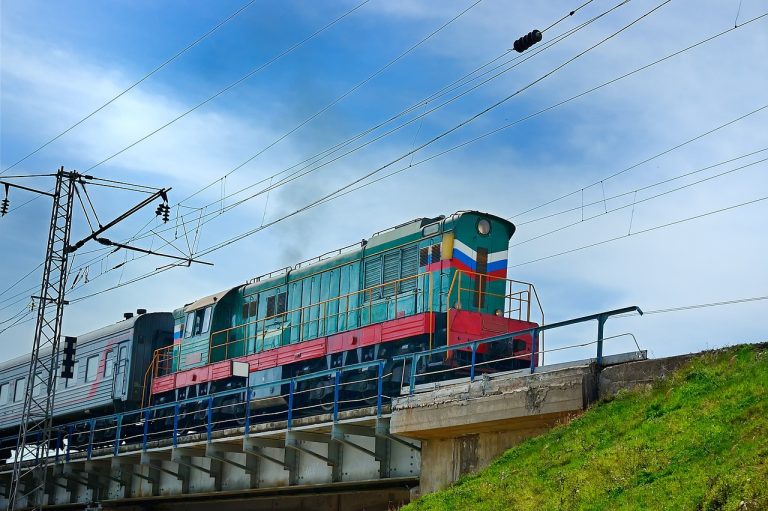
Customs Bond Requirements for Carriers
To operate as a bonded carrier, companies must meet specific requirements set by CBP.
Obtain and maintain a valid customs bond.
Apply for and receive approval from CBP to operate as a bonded carrier.
Obtain a Standard Carrier Alpha Code (SCAC) from the National Motor Freight Traffic Association.
Maintain appropriate insurance coverage.
Adhere to all CBP regulations and reporting requirements.
Implement security measures to protect bonded goods during transport.
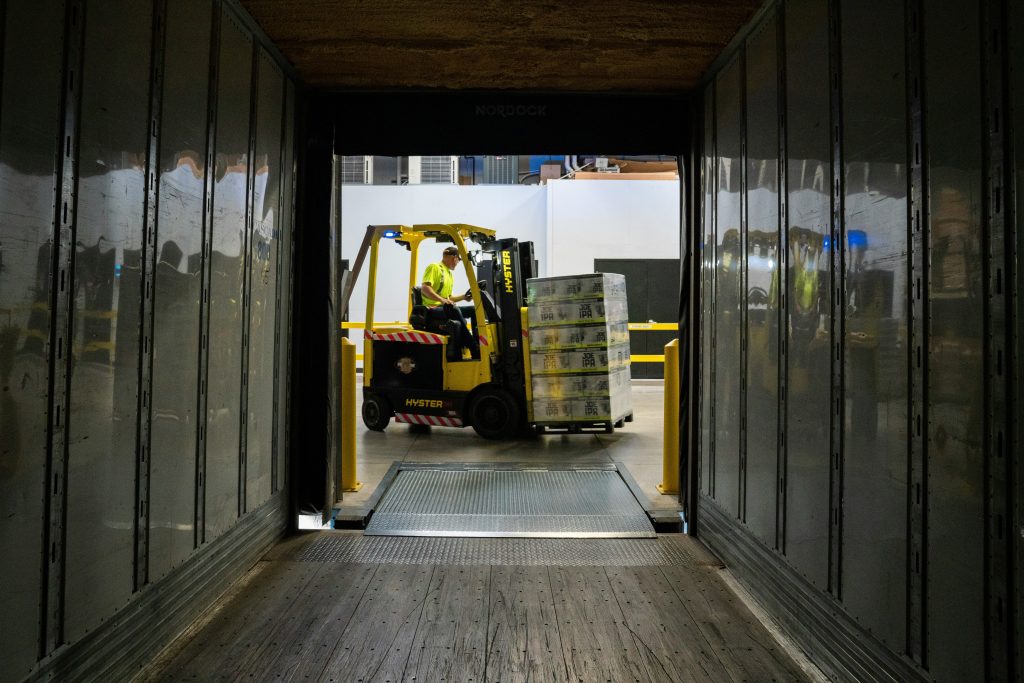
What is a Bonded Warehouse?
A bonded warehouse is a secure facility operated under CBP supervision where imported goods can be stored without payment of duties for a specified period. These warehouses play a crucial role in international trade and logistics.
Key Features of Bonded Warehouses:
- Operated under CBP supervision
- Allow storage of goods without immediate payment of duties
- Enable various manipulations of goods (e.g., repackaging, sorting)
- Facilitate distribution and re-export of goods

Types of Bonded Warehouses
CBP recognizes several types of bonded warehouses, each serving different purposes:
1. General Order Warehouse (Type 11)
- Purpose: Storage of unclaimed or abandoned merchandise.
- Time Limit: Typically up to 6 months.
2. Private Bonded Warehouse (Type 2)
- Purpose: Storage of goods belonging to the warehouse proprietor.
- Time Limit: Up to 5 years.
3. Public Bonded Warehouse (Type 3)
- Purpose: Storage of goods belonging to importers other than the warehouse proprietor.
- Time Limit: Up to 5 years.
4. Bonded Manufacturing Warehouse (Type 6)
- Purpose: Manufacture of articles for exportation or for transportation and exportation.
- Time Limit: Varies based on manufacturing process.
5. Duty-Free Store (Type 9)
- Purpose: Retail sale of goods to international travelers.
- Time Limit: Varies based on store inventory turnover.
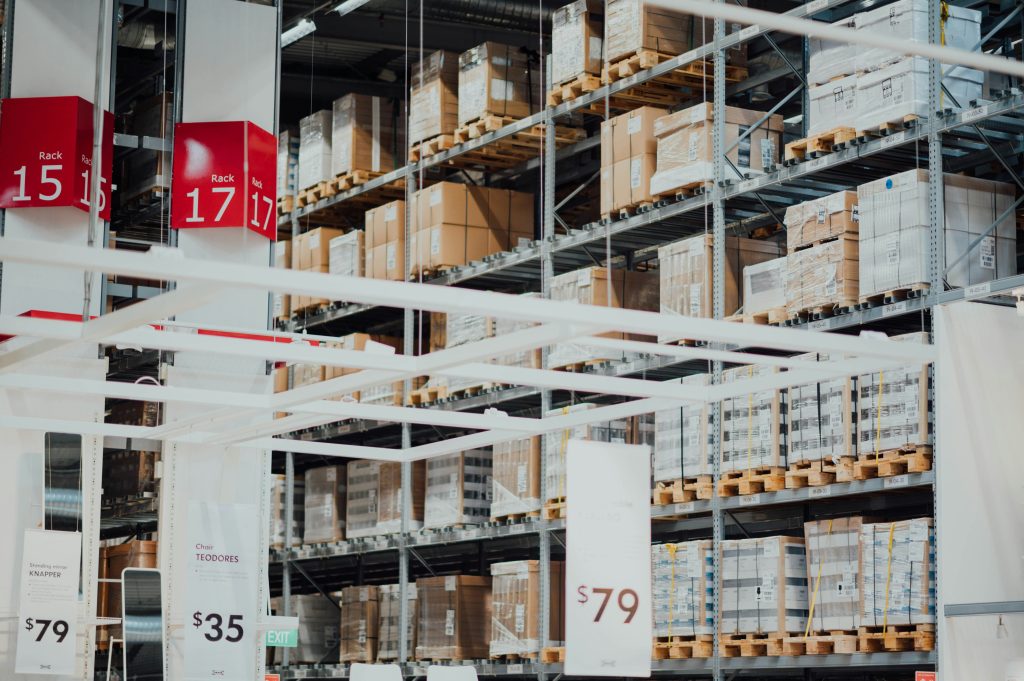
Benefits of Bonded Warehousing and Transportation
Bonded warehousing and transportation offer several advantages to importers, exporters, and logistics providers:
- Duty Deferral: Postpone or avoid payment of duties and taxes.
- Cash Flow Management: Improve cash flow by delaying duty payments.
- Inventory Control: Store and manage inventory in a secure, customs-controlled environment.
- Value-Added Services: Perform manipulations on goods (e.g., repackaging, labeling) while under bond.
- Re-Export Flexibility: Easily re-export goods without paying U.S. duties.
- Compliance: Ensure adherence to customs regulations and avoid penalties.
- Supply Chain Efficiency: Streamline international supply chains.
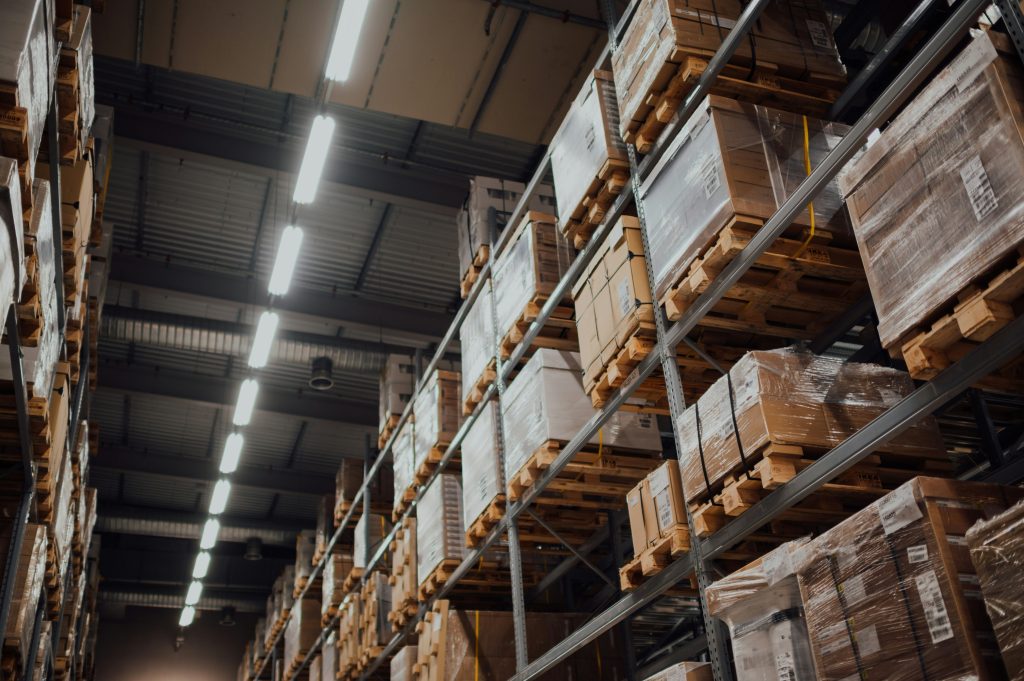
Technology for Bonded Carrier Operations
Modern logistics software plays a vital role in efficiently managing bonded carrier operations. Key features include:
1. Electronic Documentation
- Digital creation and storage of customs documents
- Automated submission of required reports to CBP
2. Real-Time Tracking and Visibility
- GPS-enabled tracking of bonded shipments
- Real-time status updates for all stakeholders
3. Compliance Management
- Automated checks for regulatory compliance
- Alerts for approaching deadlines or potential violations
4. Integration with Customs Systems
- Seamless connection with CBP’s ACE system
- Automated data exchange for faster processing
5. Route Optimization
- Intelligent routing to minimize transit times and costs
- Consideration of customs checkpoints and bonded routes
6. Mobile Access
- Mobile apps for drivers and warehouse staff
- Real-time communication and document sharing
Compliance and Risk Management in Bonded Transportation
Ensuring compliance with CBP regulations is critical for bonded carriers and warehouse operators. Key aspects include:
1. Record Keeping
- Maintain detailed records of all bonded movements and storage
- Retain records for the required period (typically 5 years)
2. Security Measures
- Implement physical and digital security measures
- Conduct regular security audits
3. Reporting Requirements
- File all required reports with CBP in a timely manner
- Report any discrepancies or incidents immediately
4. Staff Training
- Provide comprehensive training on bonded operations and compliance
- Keep staff updated on changes in regulations and procedures
5. Risk Assessment
- Conduct regular risk assessments of bonded operations
- Develop and maintain contingency plans
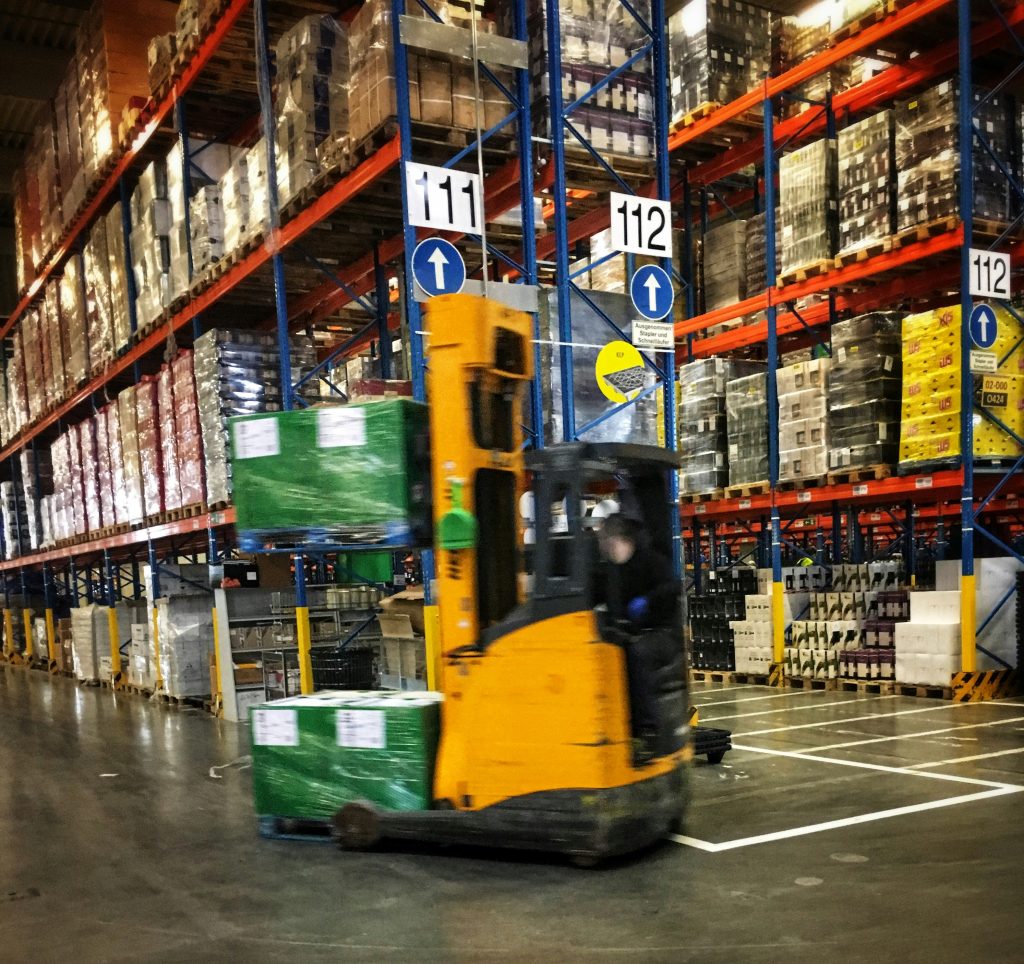
Best Practices for Bonded Warehousing and Transportation
To ensure smooth operations and compliance, consider these best practices:
- Leverage Technology: Implement robust logistics software for efficient management.
- Maintain Clear Communication: Ensure clear lines of communication between all parties involved.
- Stay Informed: Keep up-to-date with CBP regulations and industry trends.
- Conduct Regular Audits: Perform internal audits to ensure compliance and identify areas for improvement.
- Build Strong Partnerships: Develop relationships with reliable partners in the bonded logistics chain.
- Invest in Training: Regularly train staff on bonded operations and compliance requirements.
- Optimize Processes: Continuously review and optimize bonded warehousing and transportation processes.
Conclusion
Bonded warehousing and transportation are essential components of international trade, offering flexibility, cost savings, and improved supply chain efficiency. By understanding the types of bonded operations, leveraging technology, and implementing best practices, businesses can optimize their bonded logistics operations and gain a competitive edge in the global marketplace.
As the logistics industry continues to evolve, staying informed about bonded warehousing and transportation will be crucial for success in international trade and logistics management.
